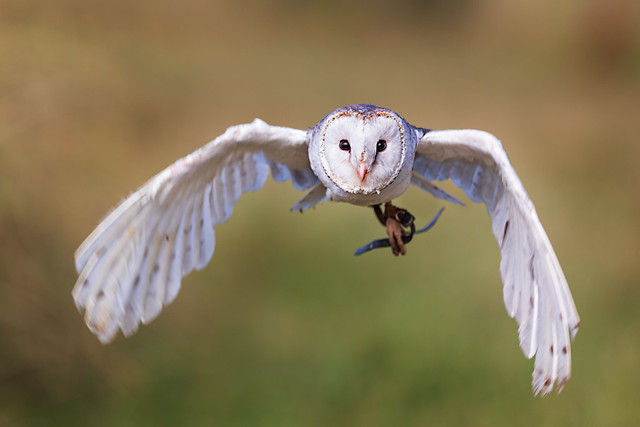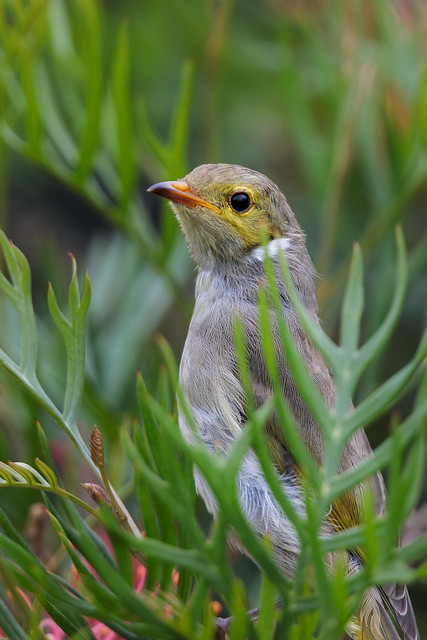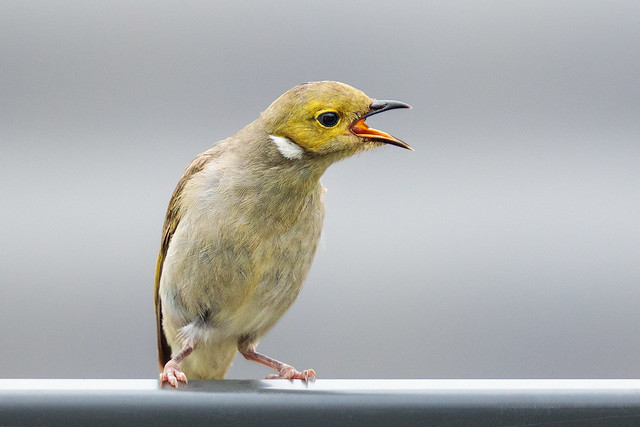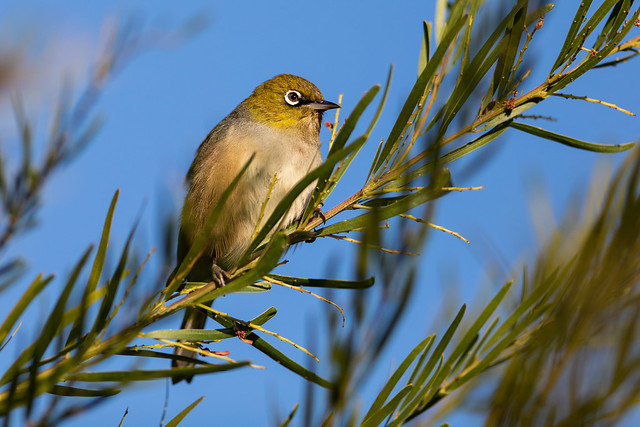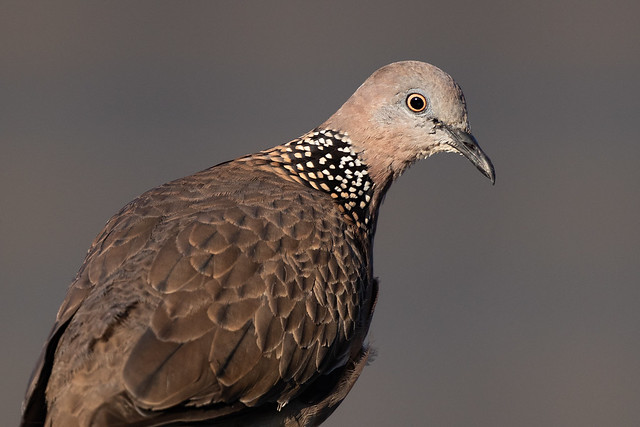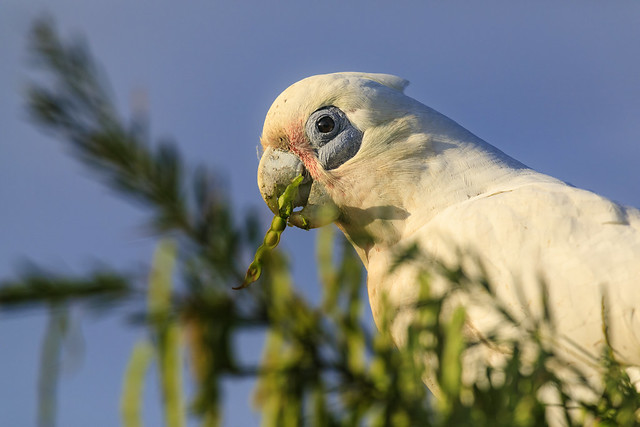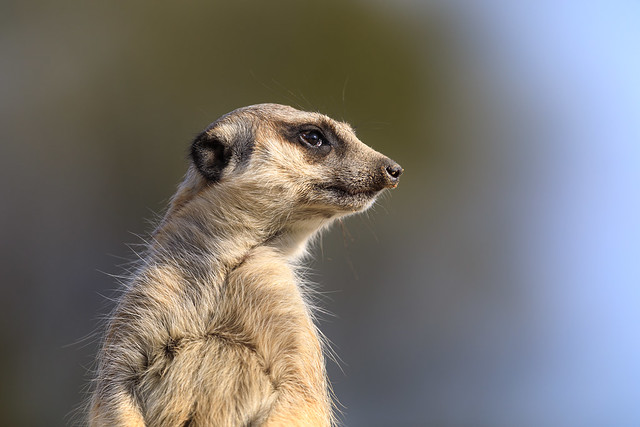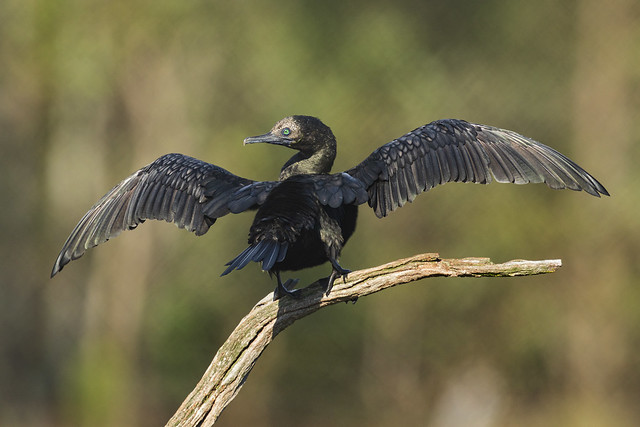A few months ago, I discovered the existence of Feathered Friends, a community organisation which aims to improve upon the care of birds in captivity, and helping sick or injured birds experience wild flight again.
Feathered Friends offers people the opportunity to experience an encounter with owls, eagles and kites, and we decided that we wanted to experience an owl encounter.
We booked a private encounter, and on a beautiful autumn morning, we headed to the meeting place, which is a bushy grassland environment that could be in the middle of nowhere, but is just off a major arterial road.
It allows the birds to fly freely, and allows visitors to be close to nature, despite being right in the urban sprawl.
We were met by Max, one of the sanctuary’s staff, and he soon enough introduced us to Giselle, a female eastern barn owl.
Within moments of meeting Giselle, she was comfortable with us, and soon enough was perched on our hands, eating the raw chicken that Max had provided for her.
Giselle was also happy to pose for the camera, and I captured a pleasing image of her perched on a dead tree branch.
We were able to pet her and feel her soft plumage as Max taught us about eastern barn owls and what Feathered Friends does.
During our time with Giselle, there were several occasions on which Max took her some distance from me, and called her to flight directly towards me as I photographed her in flight.
Capturing birds in flight is not an easy form of photography, particularly when the type of camera that I use is simply not designed for action photography. Despite that, I did land a couple of pleasing images as Giselle flew directly towards me.
I love the intensity of Giselle‘s eyes set against the completely blurred background.
In this later image, Giselle‘s position is much more pleasing, but the background is not quite as pleasing.
It was great to spend time with Giselle and learn about her and her species. Little did we know that eastern barn owls are not uncommon, but sadly, their environment is shrinking due to urban expansion.
Our next encounter during our encounter was with a juvenile wedge-tailed eagle called Odin.
This is Odin:
At seven years of age, he still has his brown feathers. As he gets older, he will lose his brown feathers and instead have black feathers.
Unfortunately Odin had a rough past, and lost his right eye due to his consumption of a red-bellied black snake. Unfortunately in the process of devouring it as his meal, he did not kill the snake first, and it attacked him.
Odin is in a much better place now, in the care of Feathered Friends.
We got to hold and pet Odin, and his size is something to behold. His weight, as he was perched on my arm, was around 3.5kg, which was roughly the same weight as my camera rig.
He unfortunately cannot fly and more, and while we did not see his full wing span, we were told that it is around 1.8m, or 6′ in the old money.
Odin was an impressive bird, and I landed just one pleasing image of him during the warmth of the morning light.
Our experience with Feathered Friends was fantastic, and we got to be up close and personal with two species of bird that many people will unfortunately never see, even at a distance.


